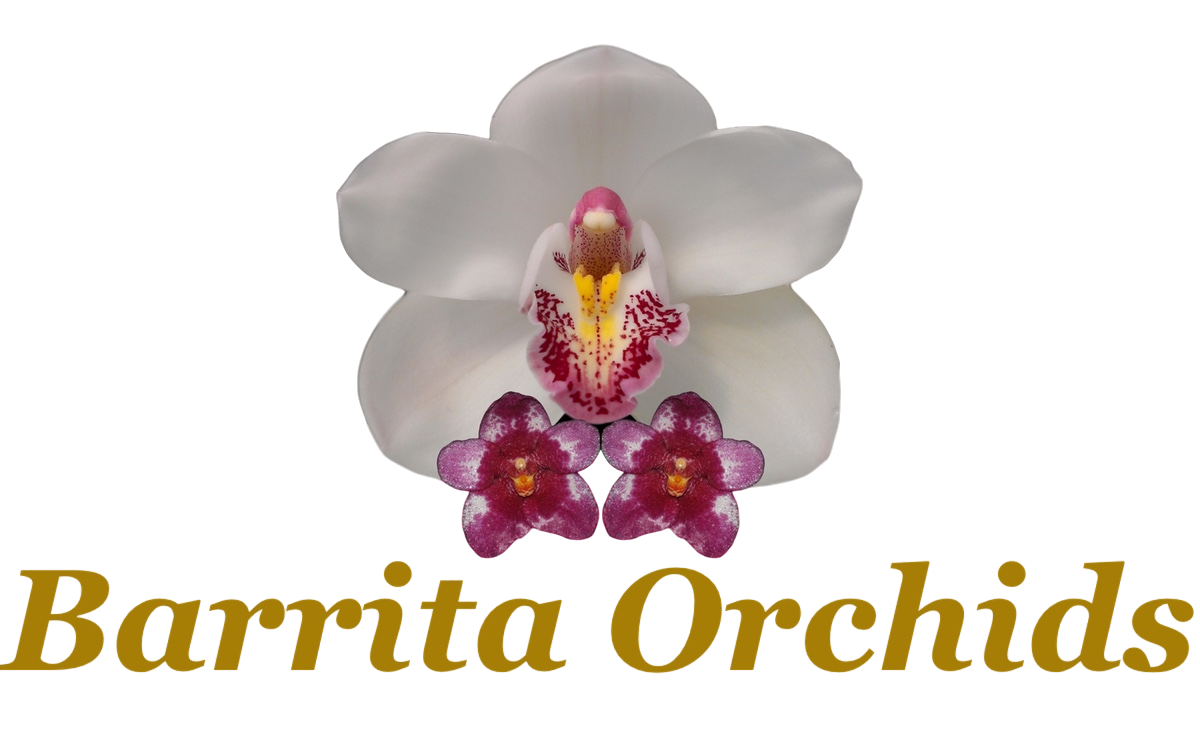Growing Cattleyas
We love Cattleyas! And despite the name changes, the modern Cattleyas offer a wonderful range of colours and sizes to suit everyone. We are certainly not experts in breeding these beauties and instead of creating our own we have opted to source plants from breeders in other countries. These include Fred Clarke (Sunset Valley Orchids, USA), Wilson Chang (Chief Orchids, Taiwan) and Australian enthusiast Roy Lee. We have been fortunate to work with these guys as they demonstrate an understanding of the important traits we look for in a plant, good growing, fast to flower and bright colours.
Growing Cattleyas the Barrita way
We like to grow in an inorganic way. This is most obvious in our choice of media. From the flask, we use only fine-grade styrene and a little charcoal or bark. Like most epiphytic orchids, Cattleyas benefit from exceptional air movement in the root zone. Having a media that dries quickly allows us to water often. As water is applied from above it drags fresh air down into the pot giving the plant a good freshen-up.
Each time we water we fertilise at a very low concentration. Lower concentrations are more readily available to your plant than stronger amounts of fertilizer. We have developed our own blend of fertiliser over many years which contains an excellent ration of the essential nutrients. The closest commercial blend to our recipe is Growth Technology’s Orchid Focus.
As our plants grow up and need potting on, we choose a pot slightly larger than the root mass and move them into a coarser styrene to allow faster drying, this is very important to the successful culture of Cattleyas. Even in our high-watering environment, fine styrene holds too much moisture for a mature epiphytic plant. Cattleyas must never be overpotted. In the last year, we have trialled the addition of a little coarse bark to assist in the availability of fertilizer.
We like to give our plants maximum light, as light equals flowers, and Catts love light. The leaf colour and condition are a great indication of the light level. I would prefer to have hard, light olive-coloured leaves on our plants with flowers than have over lush, dark green ones without flowers. We achieve this by using clear plastic in winter and sixty-five per cent shade in summer.
To see what we have available at the moment click here







